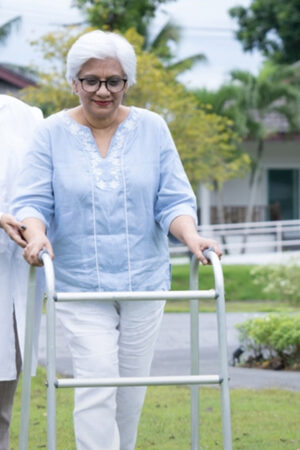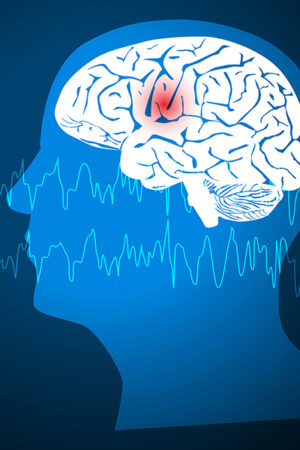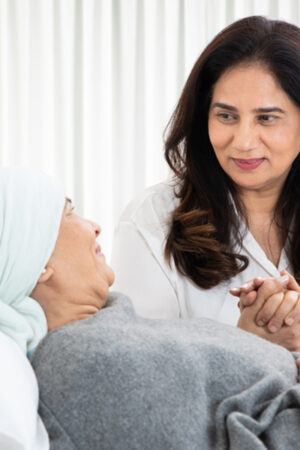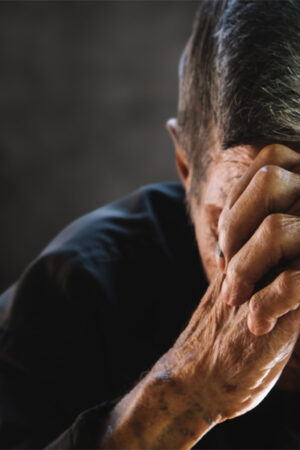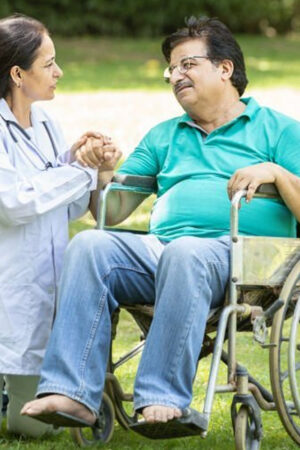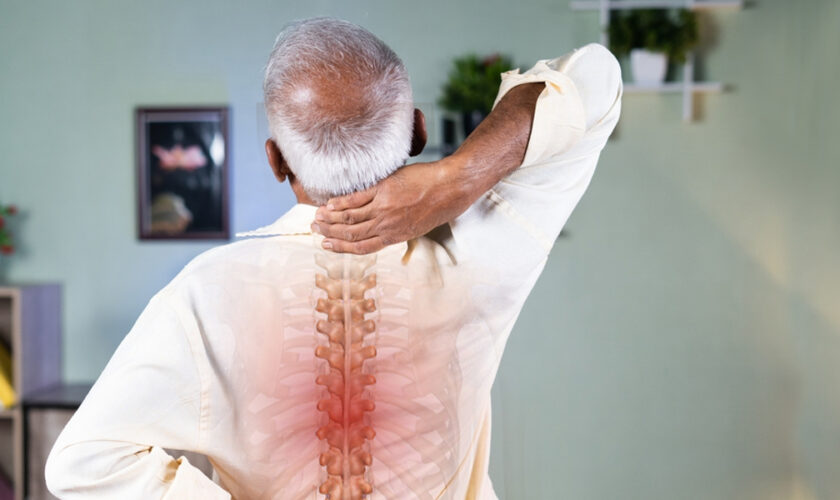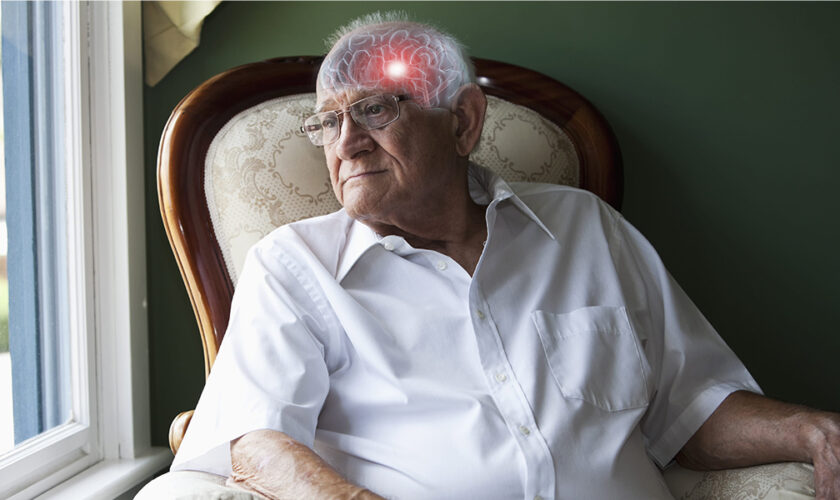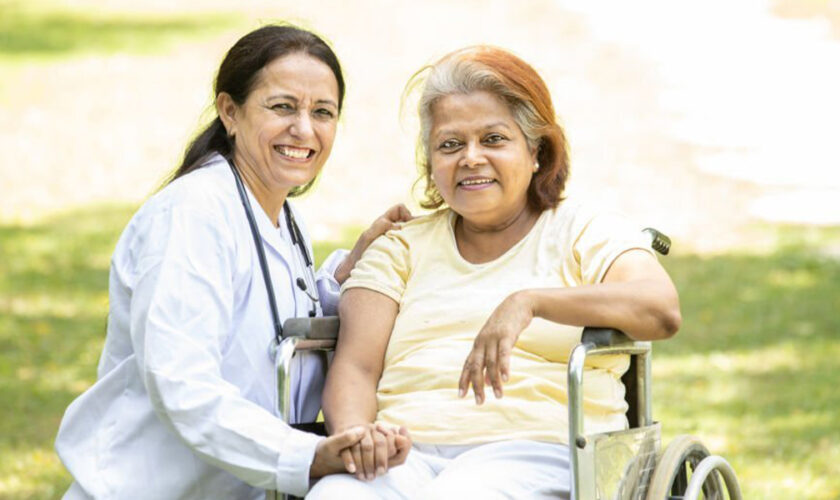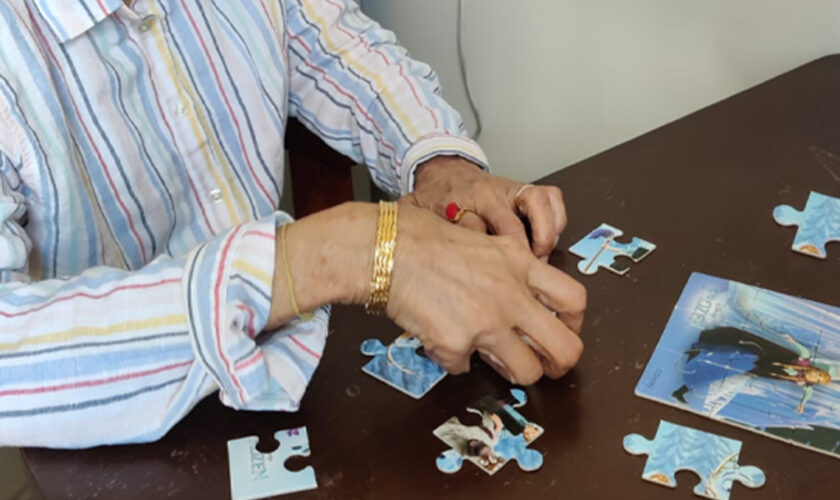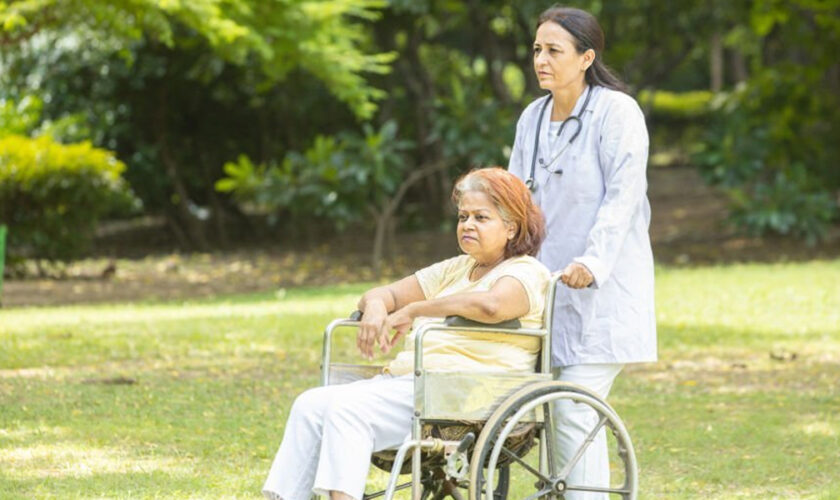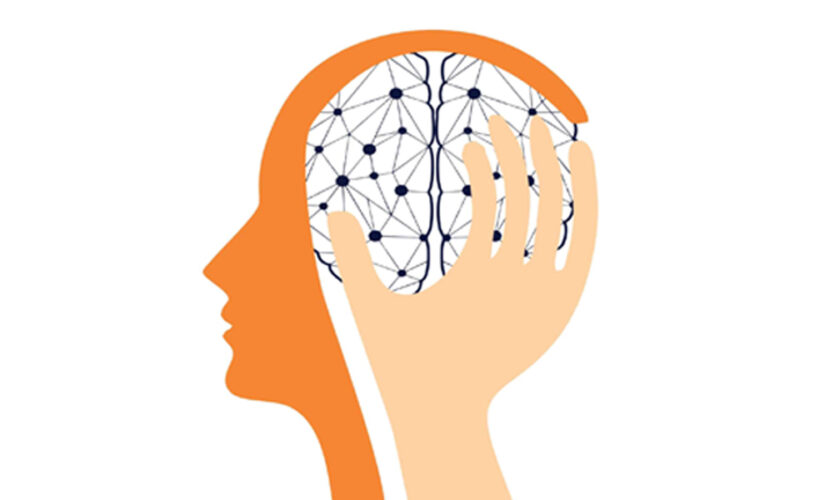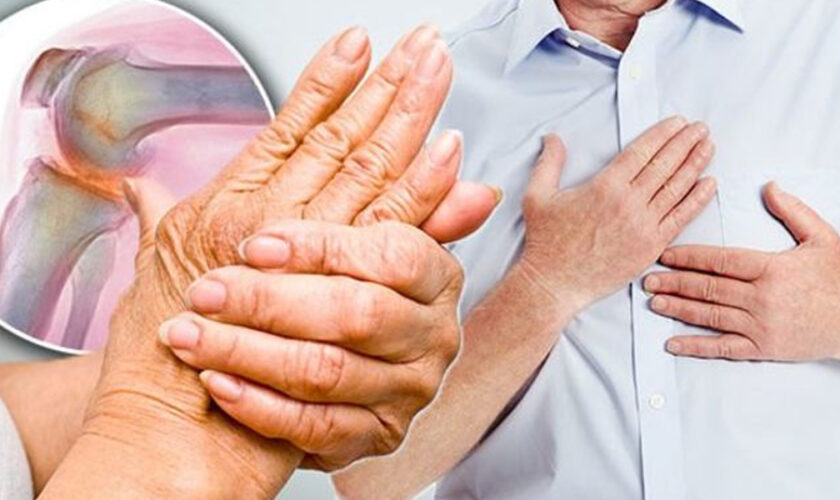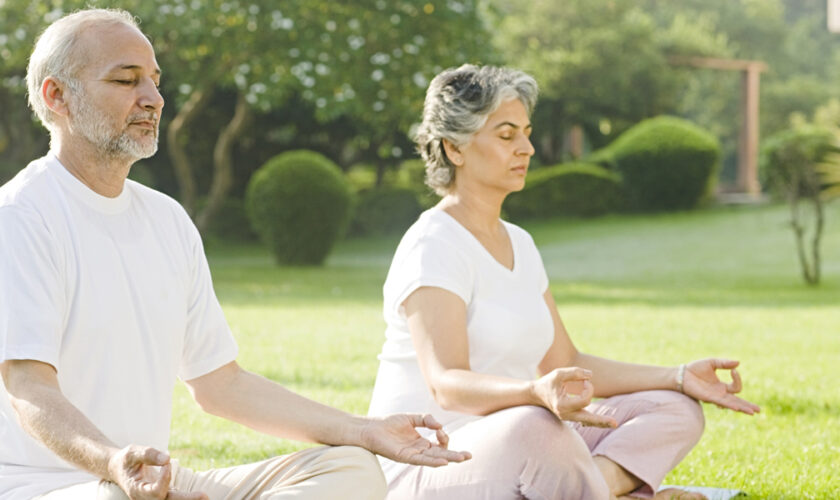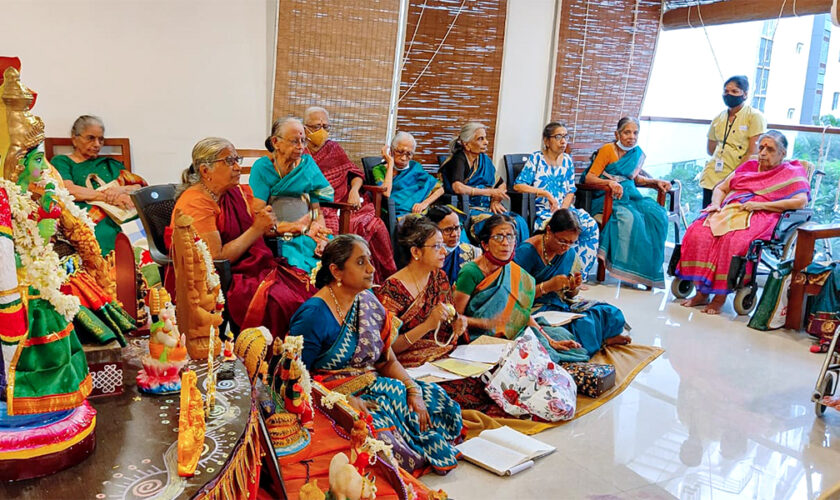Athulya’s skilled nursing care is better able to assist their patients in controlling the symptoms of spine curvature disorders associated with aging if they have a deeper grasp of the factors that lead to these problems and the effects they have on patients’ lives.
Spine curvature abnormalities in older adults, including illnesses such as kyphosis, lordosis, and scoliosis, can have substantial repercussions for an individual’s overall health as well as their mobility and quality of life. In this article, a review of the causes, effects, and management techniques for spine curvature disorders in older adults will be provided. Particular emphasis will be placed on the significance of early detection, prevention, and intervention.
The spine is an essential part of the musculoskeletal system because it offers the spinal cord structural support, flexibility, and protection. Alterations in an individual’s spinal health can lead to the development of a variety of spine curvature diseases as a person ages. These illnesses can have a substantial impact on an individual’s general health and well-being. This article intends to investigate the causes of spine curvature problems in older persons, as well as the consequences of having these diseases and the treatment options used to treat them. The article will also highlight the need of addressing these conditions in order to maintain optimal health and quality of life as one gets older.
Disorders of the Spine that are Caused by Ageing
- Degenerative Changes: Alterations in spinal alignment and the development of curvature problems can be caused by age-related degeneration of the spinal discs, joints, and ligaments, which can contribute to these conditions.
- Osteoporosis: A decrease in bone density and strength, which is commonly associated with aging, can increase the risk of vertebral compression fractures, which can lead to changes in spinal curvature. These fractures can occur anywhere along the spine.
- Imbalances in the muscles: As people get older, their muscles can become weaker and more unbalanced, which can lead to excessive forces being placed on the spine and contribute to the development of curvature diseases.
- A genetic predisposition: Some people may have a genetic susceptibility to spine curvature diseases, and the symptoms may become more noticeable as they get older.
Consequences of Spine Curvature Disorders in Old Age
- Pain and discomfort: Abnormal spine curvatures can lead to persistent pain and discomfort owing to increased pressure on the spinal nerves, joints, and discs. This is one of the consequences of spine curvature disorders that occur in old age.
- Impairment of movement and balance: Disorders of the spine’s curvature can cause impairment of mobility and balance, which raises the risk of falls and the injuries that might result from them in older persons.
- Problems with the respiratory and digestive systems Severe problems of the spine’s curvature can have an effect on the function of the respiratory and digestive systems, which can result in difficulties with breathing and digestion.
- Psychological effects: Chronic pain, decreased mobility, and a lower quality of life are all symptoms that are connected with spine curvature disorders. These symptoms can all lead to feelings of depression, anxiety, and social isolation.
Strategies for the Management of Spine Curvature Disorders in Older Adults
- Treatments considered conservative: Bracing, pain management, skilled nursing care, and physical therapy are all treatment options that may be useful in the management of mild to moderate spine curvature issues. These approaches are taken with the goals of promoting general function, lowering discomfort, and improving posture.
- Surgical interventions: In extreme situations, surgical treatments such as spinal fusion, disc replacement, or osteotomy may be advised to address spinal abnormalities and reduce symptoms associated with them.
- Changes in lifestyle: Keeping a healthy weight, being physically active on a regular basis, and practicing excellent posture are all things that can help avoid the onset of spine curvature problems and minimise the impact they have on overall health and well-being.
- Pharmacological interventions: Medication such as analgesics, anti-inflammatory drugs, and bone-strengthening agents can be provided to persons with spine curvature issues in order to treat pain, inflammation, and bone health.
Spine curvature abnormalities in older adults are a major cause for concern in terms of public health because of the potential negative effects they can have on an individual’s overall health, mobility, and quality of life. It is crucial to have methods in place for early detection, prevention, and intervention in order to minimize the impact that these disorders have on older persons and to ensure optimal spinal health throughout the aging process.
Athulya Assisted Living Facility provides comprehensive care for senior citizens. and one of the finest Old age homes in Chennai. For further information, kindly visit Athulya Assisted Living.
